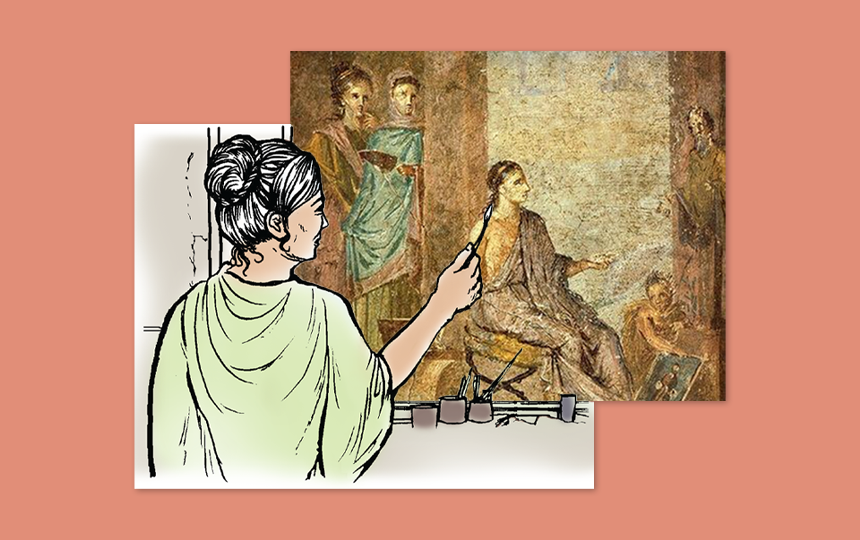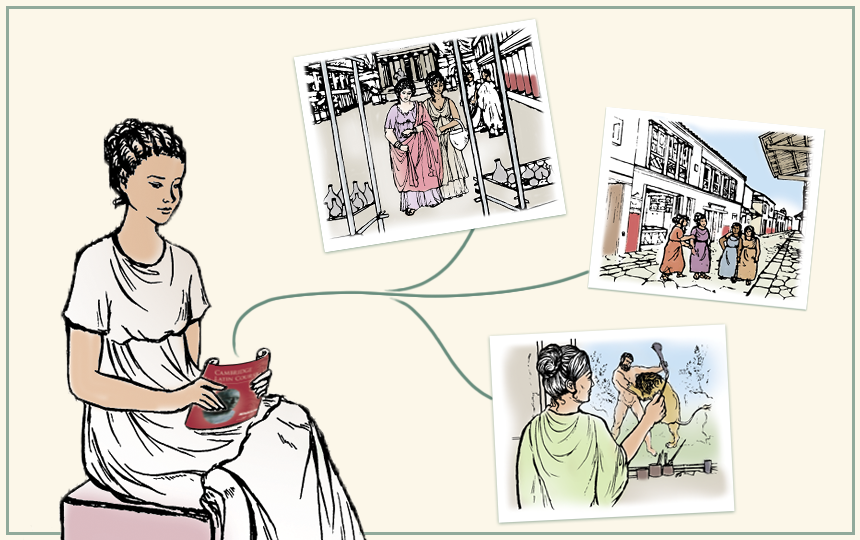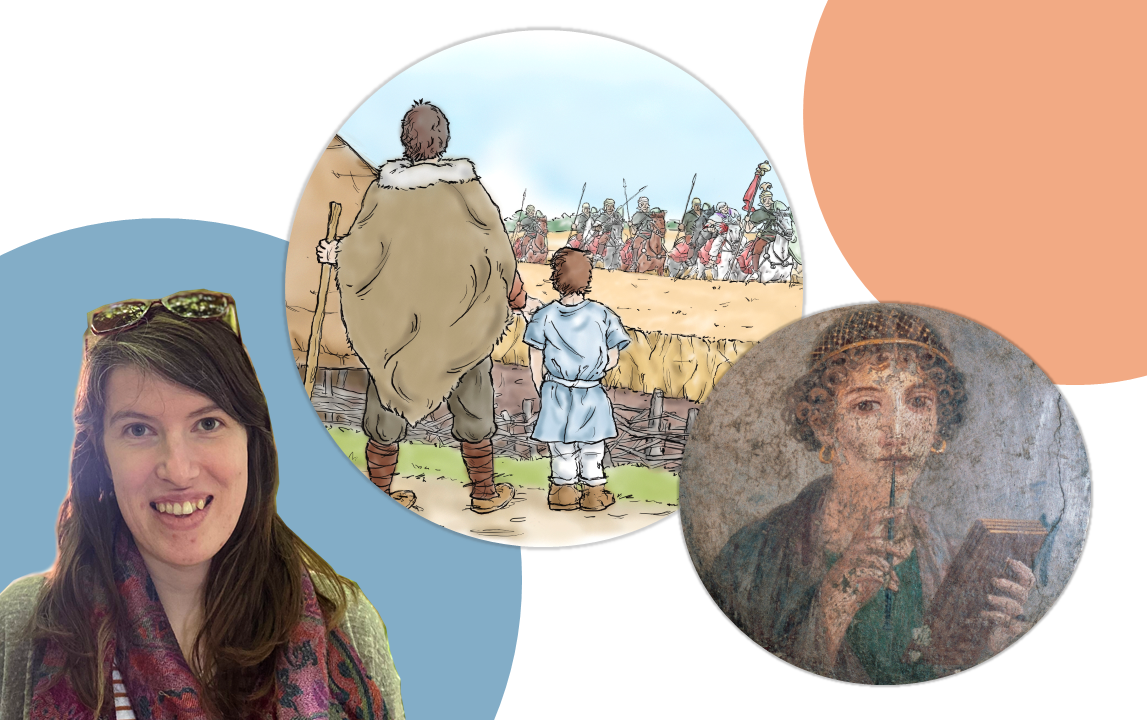From accessible cultural background sections to more human stories, Elizabeth Hayes, Curriculum Lead Tutor at the University of Sussex, shares some first impressions of the new CLC 5th edition, Book II.

Submitted by Anonymous on Mon, 17/04/2023 - 14:13
An illustration accompanying the new story, Rōmānus vulnerātus, in Stage 13 of the UK 5th edition.
My love of Book II of the Cambridge Latin Course was cemented in the rather challenging academic year of 2020-21. I had a Year 9 class who, despite lockdowns, online learning, and bubbles, managed to keep their spirits up and me entertained.
They were a passionate bunch who approached CLC II with one goal – justice for Bregans! From the moment they read the first sentences in Stage 13, they demanded to know why he was lazy, suggesting perhaps that he was just tired and shouldn’t have to work for others. They even made campaign posters.
It was with this in mind that I opened my shiny new copy of the 5th edition of CLC II with trepidation. I was not disappointed. Continuing the theme of better representation of marginalised people, the enslaved and female characters in Book II have had a makeover. The opening model sentences now show a British family, giving context to their lives. Equally, Salvius and Rufilla are now also portrayed with a child, Vitellianus.
Rufilla has undergone a full transformation, no longer depicted as the nagging, selfish caricature she was in previous iterations. Gone entirely is Domitilla, the seductive and manipulative enslaved woman. Lucia, Quintus’ sister, also survived the eruption, making it to Alexandria with Barbillus. Togidubnus’ (with the more accepted version of his name) wife now has a new name. Women, who were distinctly lacking in substance in the 4th edition, are given greater prominence and allowed to show depth of character.
The new story, apud Graecos, explores the theme of grief and looks at how the characters have coped surviving the destruction of Pompeii. piratae explains how Volubilis was enslaved. The more human elements of the story are better explored, with characters’ emotions and experiences adding new dimensions to the reader’s understanding.
The culture sections in the new Book II continue the Enquiry Question format from the 5th edition Book I, which has made them far more accessible for pupils, and easier for teachers to use. The increase in visual sources will help put the stories in context, while the Thinking Points raise interesting questions for classes to discuss.
Also continued are the new style ‘Practising the language’ exercises, which serve as good comprehension training. The old ‘Practicing the language’ exercises are still preserved at the back of the book in the ‘Reviewing the language’ section.
My biggest issue with the new Book II is that I have to wait until next academic year to teach from it!
Cambridge School Classics Project








